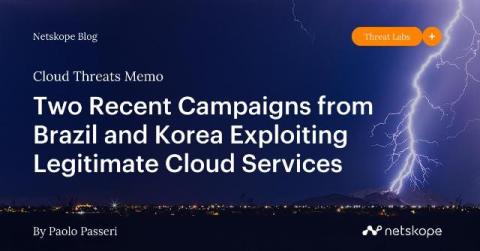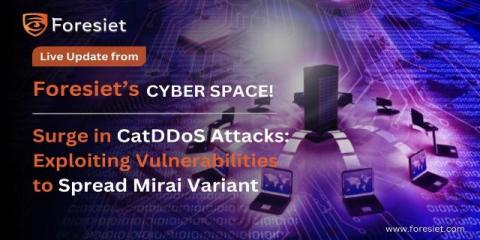CDR: How Cloud Has Changed the Game
Some organizations are just beginning their migration to the cloud, while others are already firmly settled there, but almost everyone is in the cloud in some capacity by now. And for good reason: the cloud creates substantial advantages in speed, scalability, and cost. But the sobering reality is that modern threat actors have also made gains from migrating to the cloud. By weaponizing cloud automation, these threat actors can fully execute an attack in 10 minutes or less.











